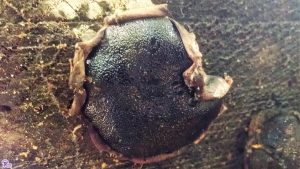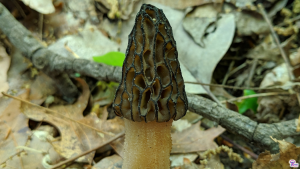#180: Pleurotoid Mushrooms
Pleurotoid mushrooms are agarics that have a single common feature: they lack a well-developed stipe. Originally, I was not going to include pleurotoid mushrooms as a distinct agaric morphology. Their other physical characteristics vary widely and they belong to multiple unrelated taxonomic groups. To anyone classifying mushrooms, grouping them based on pleurotoid growth is decidedly unhelpful. However, it is a useful group from a field guide standpoint because it quickly reduces the number of possible matches. Eventually, I decided to discuss the pleurotoid mushrooms because they are often mentioned in field guides and because “pleurotoid” is a commonly-used mushroom descriptor.

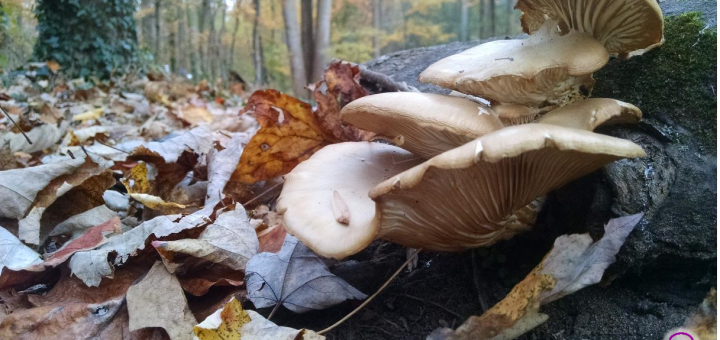
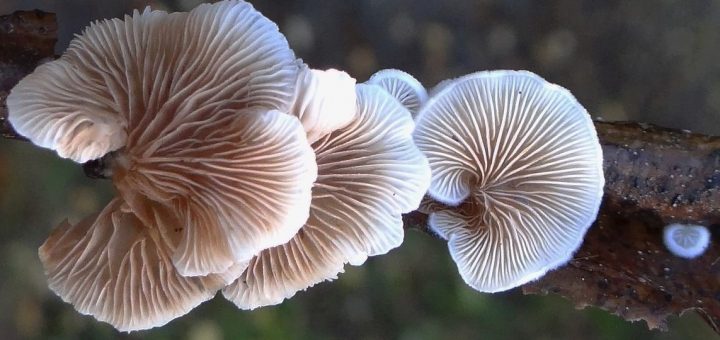
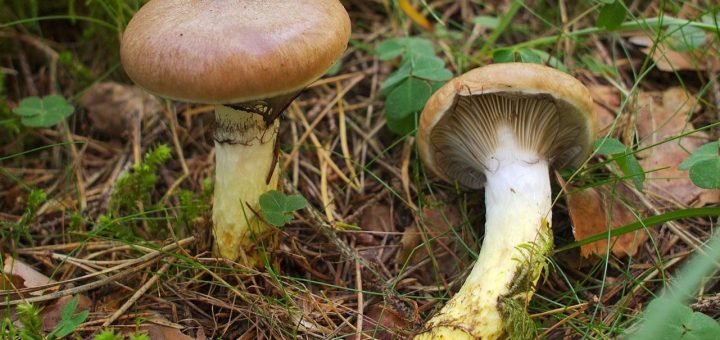
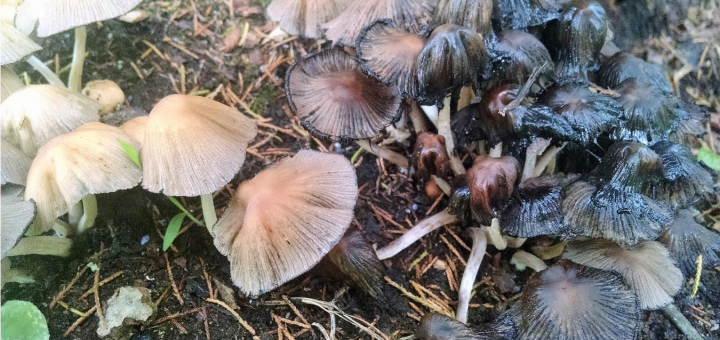
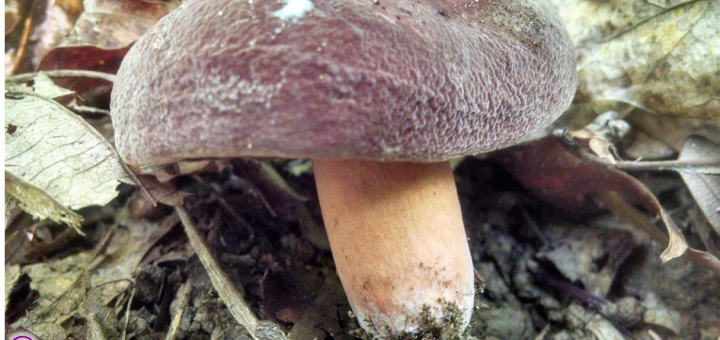
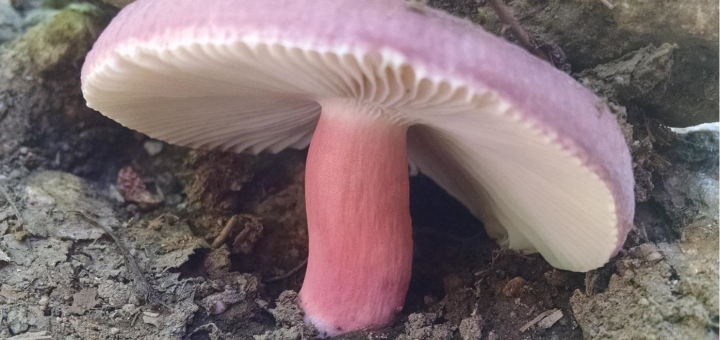
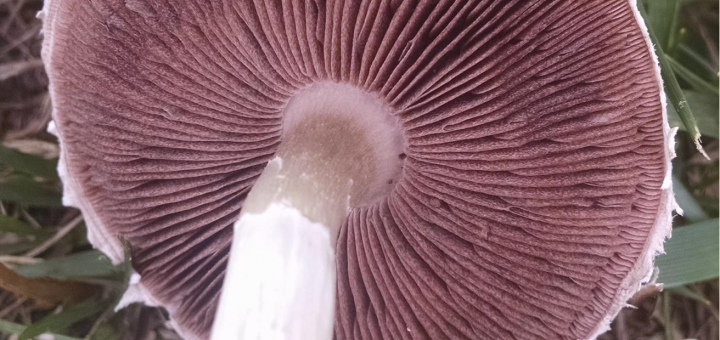
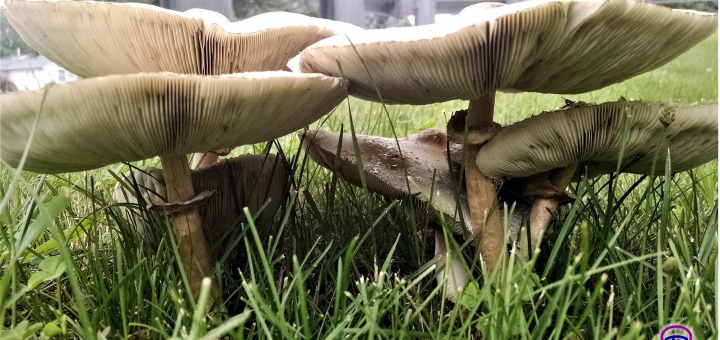
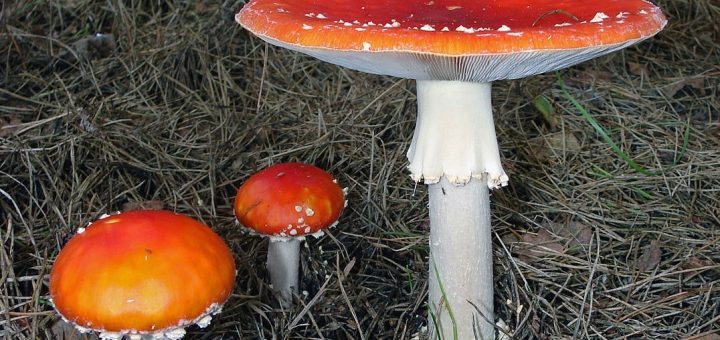
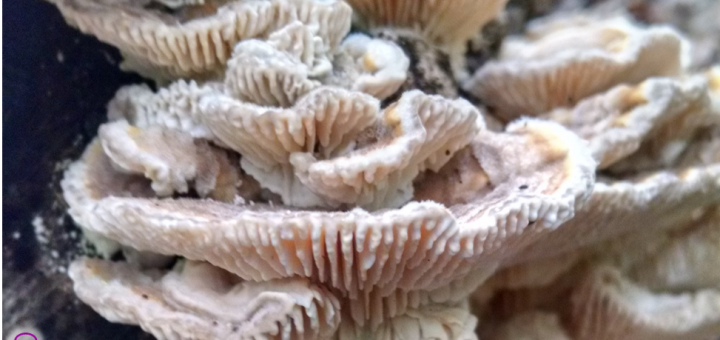





![#011: Characteristics of Kingdom Fungi [Archived]](https://www.fungusfactfriday.com/wp-content/themes/hueman/assets/front/img/thumb-small-empty.png)

